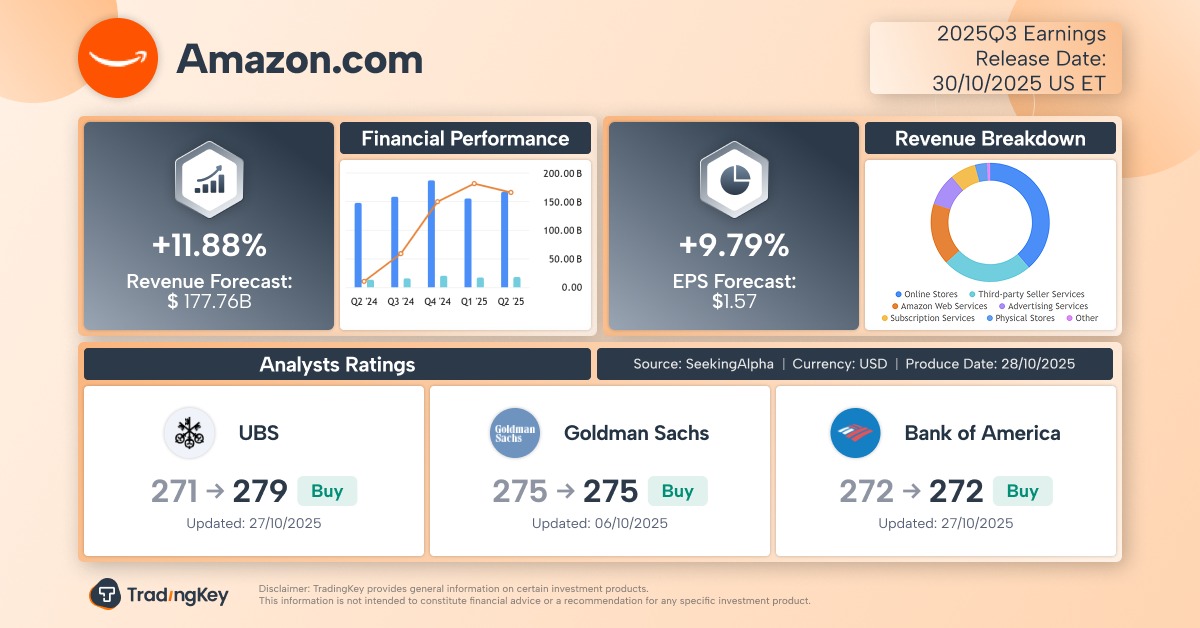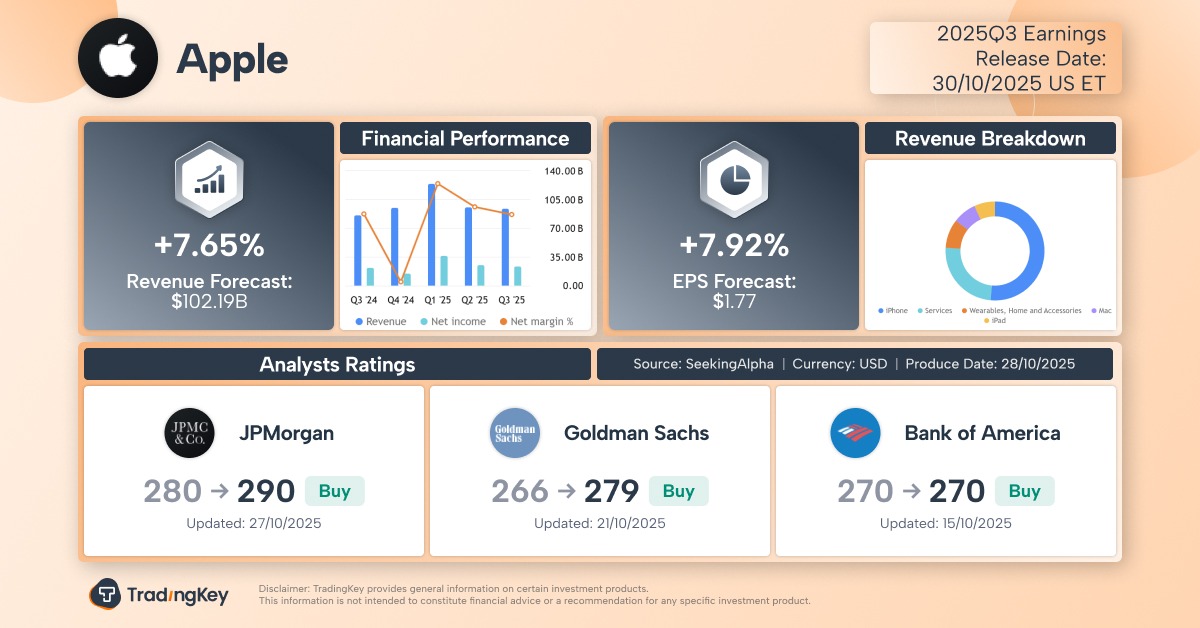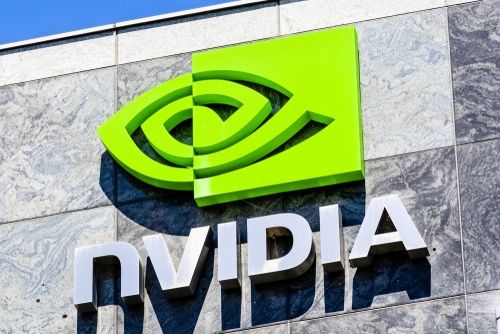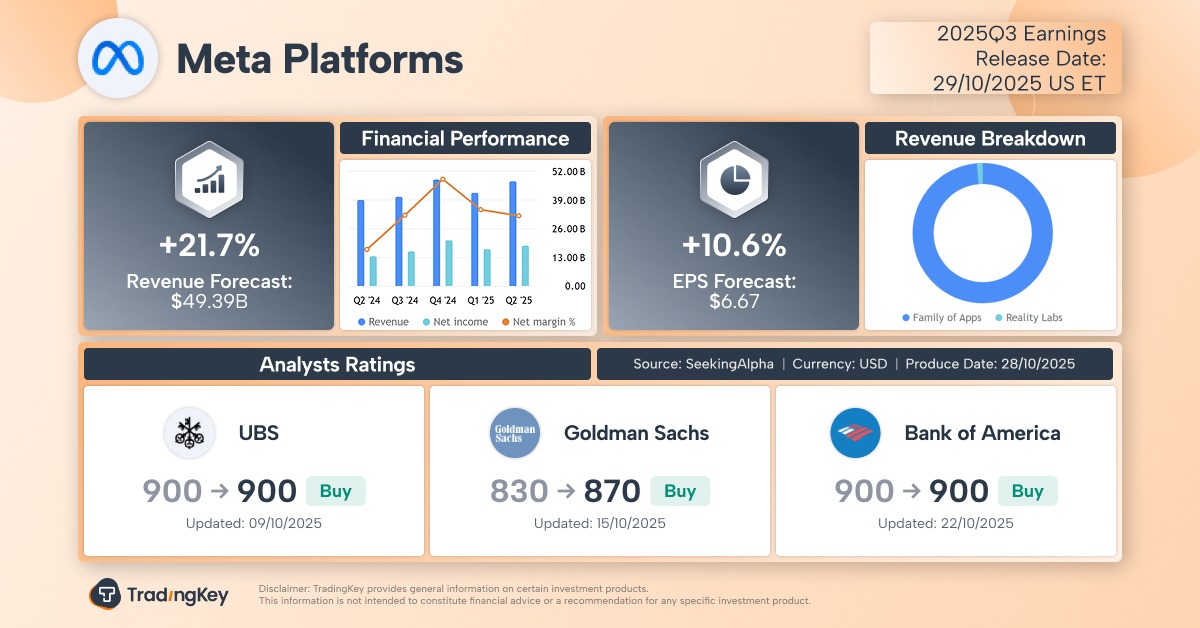Morgan Stanley Q2 EPS Falls 38%

Key Points
- GAAP earnings per share of $0.41 missed analyst estimates by $0.10 and down from the prior year's $0.66 per share (GAAP).
- Total investment income (GAAP) was $99.5 million, coming in below expectations.
- Net asset value per share declined to $20.59, with a maintained $0.50 dividend for the next quarter.
Morgan Stanley Direct Lending Fund (NYSE:MSDL), a business development company focused on providing credit solutions to U.S. middle-market firms, released its results on August 7, 2025. The most noteworthy news from the report was that earnings per share (GAAP) reached $0.41, which was below consensus GAAP estimates of $0.51 and lower than the $0.66 (GAAP) posted in the prior year. Total investment income (GAAP) was $99.5 million for Q2 2025, narrowly missing the analyst expectation of $99.99 million (GAAP). Expense growth and moderate portfolio contraction weighed on the period's results, but credit quality stayed strong. The quarter stood out for margin pressure, a slight drop in net asset value per share, and an unchanged dividend amid cautious capital deployment.
Metric | Q2 2025 | Q2 2025 Estimate | Q2 2024 | Y/Y Change |
|---|---|---|---|---|
EPS (GAAP) | $0.41 | $0.51 | N/A | N/A |
Net Investment Income per Share | $0.50 | $0.63 | (20.6%) | |
Revenue (Total Investment Income) | $99.5 million | $99.99 million | $104.2 million | (4.5%) |
Net Asset Value per Share | $20.59 | $20.81 | (1.1%) | |
Debt to Equity | 1.15x | N/A | N/A |
Source: Analyst estimates for the quarter provided by FactSet.
Company Overview and Focus Areas
Morgan Stanley Direct Lending Fund specializes in originating privately negotiated senior secured credit investments with an emphasis on first lien loans. These loans are directed at U.S. middle-market companies that have strong market positions, stable cash flows, and are frequently backed by private equity sponsors. This focus aims to create a more robust and less risky portfolio by lending to companies that are expected to weather economic cycles.
The fund targets opportunities in the large and active U.S. middle-market direct lending sector. Its competitive strengths derive from leveraging Morgan Stanley’s global resources and its relationships with private equity groups and management teams. Solid risk management and in-depth due diligence are at the core of its approach. Governance as a Business Development Company (BDC) also sets operational and risk boundaries and requires most income to be distributed as dividends to shareholders.
Quarter Highlights and Financial Developments
The company navigated the quarter with lower than expected results in both GAAP earnings per share and GAAP total investment income, driven by a combination of lower base rates, slightly negative net new investment deployment, and higher expense levels. Expenses climbed to $55.9 million, up from $55.2 million in the previous quarter, reflecting the full impact of an expired fee waiver after the company’s initial public offering, and is likely to keep margins under pressure unless offset by stronger yields or cost reductions elsewhere.
Investment activity was subdued compared to earlier periods. The fund made $149.1 million in new investment commitments (net of syndications), down from $233.4 million in the previous quarter. Gross fundings of $204.0 million were met with $207.5 million in sales and repayments, resulting in net negative new deployment of $3.5 million. This indicates the portfolio contracted slightly, which management attributed to lighter market activity and policy-driven market volatility affecting merger and acquisition deal flow.
Portfolio credit quality remained high, with approximately 96.4% of investments in first lien debt and approximately 0.7% of the portfolio was on non-accrual status (four companies out of a $3.8 billion investment portfolio). The weighted average yield of debt securities edged down to 10.1% at cost and 10.2% at fair value, signaling modest yield compression likely tied to falling base interest rates. The portfolio includes 214 companies across 34 industries, with an average investment of $17.7 million per borrower.
In liability management, the company issued $350 million of 6.00% notes due in 2030, replacing $275 million of higher-cost 7.55% notes maturing in September 2025. It also priced its inaugural $400 million collateralized loan obligation, signaling steps to lower funding costs and diversify financing sources. At quarter end, the fund held $1,113.0 million in available credit and $75.8 million in cash as of June 30, 2025, supporting liquidity. The company repurchased 1,057,127 shares at an average price of $18.92 during the quarter. A move that mitigates dilution at prices below net asset value.
Business Lines and Dividends
The fund’s primary product is directly originated senior secured loans -- typically “first lien” instruments, which have the first claim on borrower assets in case of default. These represent most of the investment portfolio. The remainder is allocated among second lien debt, other debt investments, and equity. This structure is designed to minimize losses and protect investor capital.
The regular dividend was maintained at $0.50 per share for the upcoming quarter, consistent with the prior payout. This level matches net investment income per share, highlighting the fund’s intent to distribute most of its earnings to investors as dividends. No change was made to the payout, and no special dividend was declared for this period.
Looking Ahead
Management did not offer formal guidance for net investment income or earnings per share for either the upcoming quarter or the full fiscal year. The company has continued to take a defensive stance, maintaining high credit quality, managing costs, and keeping liquidity strong. Leadership signaled continued discipline in not issuing new equity at prices below net asset value, as shown by no activity under the $300 million at-the-market program.
Investors should monitor investment activity, portfolio yield trends, and expense management closely in the coming periods. The termination of IPO-related fee waivers has increased structural costs, and new net deployments were negative this quarter, with net funded deployment of ($3.5) million, offset in part by the refinancing of high-cost debt. Portfolio credit quality, sector exposure, and how the management team responds to changing market conditions -- including tariff impacts on middle-market companies -- will be important areas to watch. The regular dividend was maintained at $0.50 per share for the next quarter.
Revenue and net income presented using U.S. generally accepted accounting principles (GAAP) unless otherwise noted.







